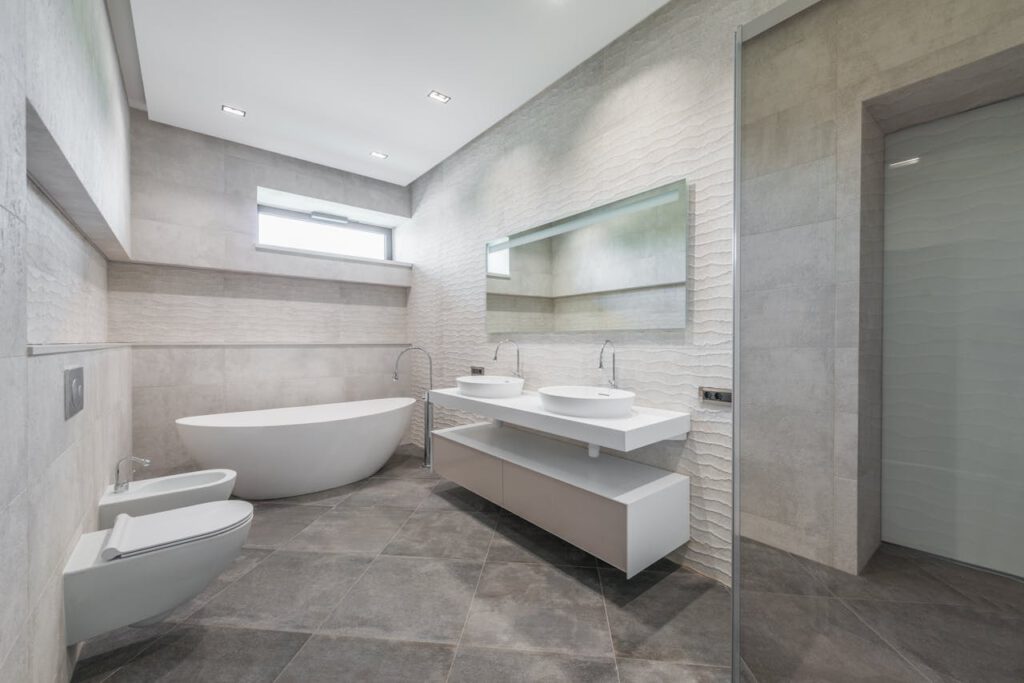Home and business lighting are often overlooked. In addition to having a huge impact on aesthetics and functionality, it can also have a profound effect on your mood, emotions, and well-being. As the days get shorter and we approach the darker days of fall and winter, it’s important to emphasize how important our indoor lighting is.
A guide to the proper house lighting of the house can cover the types of lighting and their fixing:
Types of lighting for your home
Every light in your home falls into one of the following categories: general, task, or accent lighting.
● Lighting in a room is referred to as general lighting. Also known as ambient lighting, this type includes both fixtures and natural light coming from skylights or windows.
● Accent lighting illuminates a certain area of the room. Think of a reading chair, a kitchen island, a dining table, or a beautiful piece of art that you want to highlight. Accent lighting focuses on these areas and provides enough light to cover the feature without overwhelming it.
● Task lighting uses fixtures and lamps to illuminate the workspace. Think of a desk lamp in the office for paperwork, cosmetic lights for applying makeup, or a light over the sink for washing dishes. Sometimes light falls into multiple categories. Kitchen island lighting can be both accent and task, while track lights can be general or accent lighting. Add dimension and depth to a room by layering several types of lighting.
Adapt the layout to the room
The next step is to decide how and where to place your light sources in every room now that you know what your options are. While this is ultimately a matter of personal preference, there are a few standard layouts that work well. If you’re not sure where to start, use these room guides for inspiration:
Entry: Start with a dramatic pendant light or overhead chandelier. Then complete with either a table or floor lamp.
Living room: Recessed or track lighting is ideal here. If your room has a main seating area, use a larger pendant to center it. Place floor lamps were needed to illuminate shady corners. Finally, if you have a sideboard or other large piece of furniture, you may want to consider adding a table lamp.
Dining room: The dining room is the easiest room to light. Your main source should come from a large pendant light or chandelier that is centered above the dining table. If there are other dark corners, you can use a floor or table lamp to complement them.
Kitchen: Kitchen lighting is tricky. Consider installing some recessed lighting first. Central areas such as the kitchen island and dining table should have curtains or chandeliers. Workspaces benefit from the addition of under-cabinet lighting. Additionally, you can add specific sink and stove task resources.
Bedroom: Ideally, bedrooms have main, overhead light sources and table lamps on bedside tables or chests of drawers.
Bathroom: Recessed lighting is common. You can also add task lights around the mirror or, for a dramatic touch, a ceiling light above the tub.
Office: Start with recessed lighting or a main overhead source. Don’t forget to add table or floor lamps in dark corners or near seating areas. Finally, don’t forget to use a desk lamp in your main work area.
Final words
By adding your imagination to the principles and ideas in this guide, you’ll enjoy the benefits of an efficiently and effectively lit home for years to come while minimizing your energy bills and environmental impact. You can still contact experts in interior renovation in NYC for a better idea of lighting for your house.

